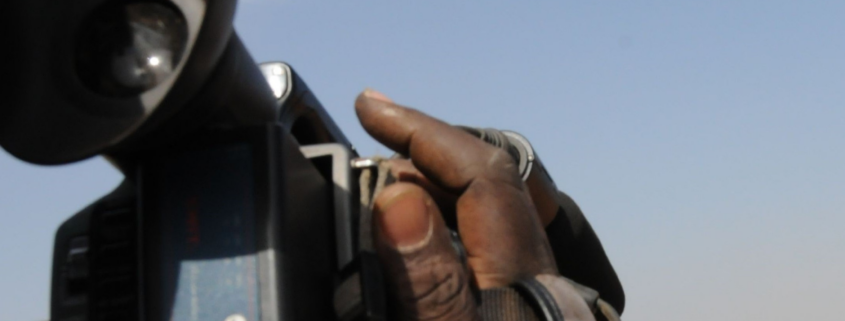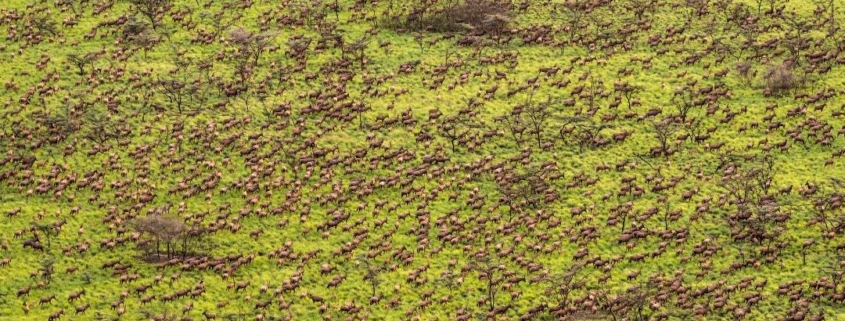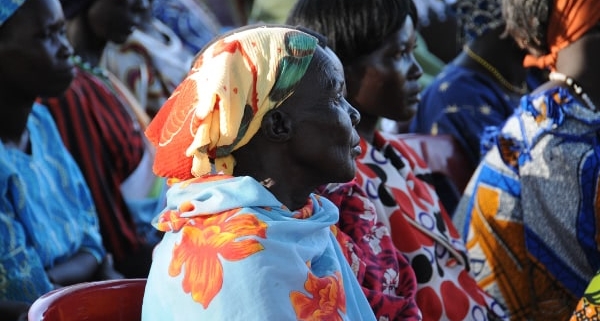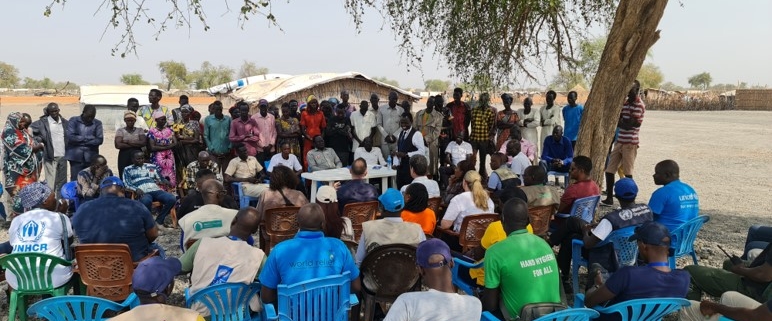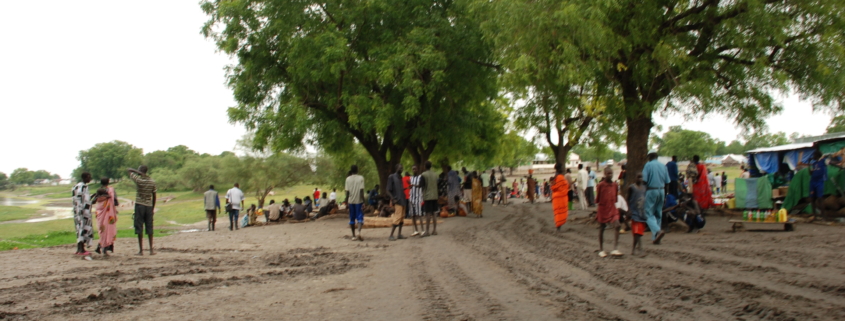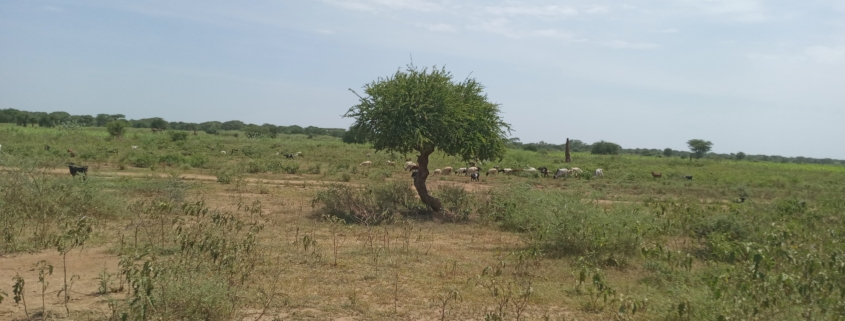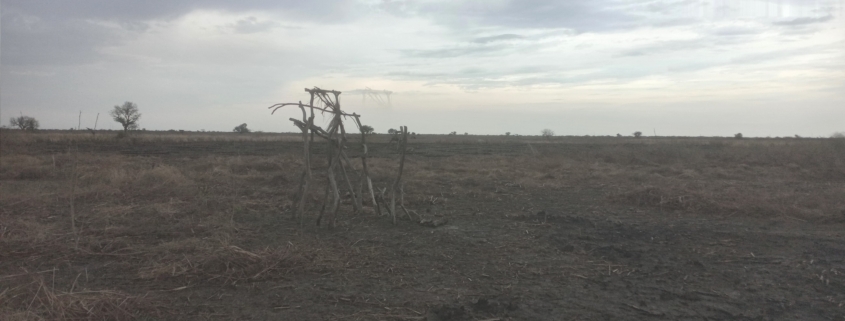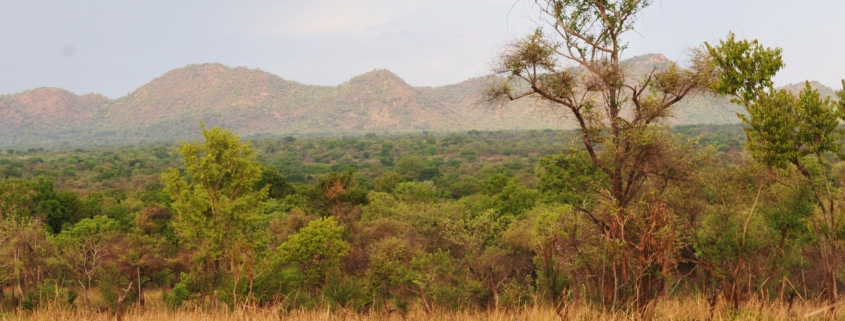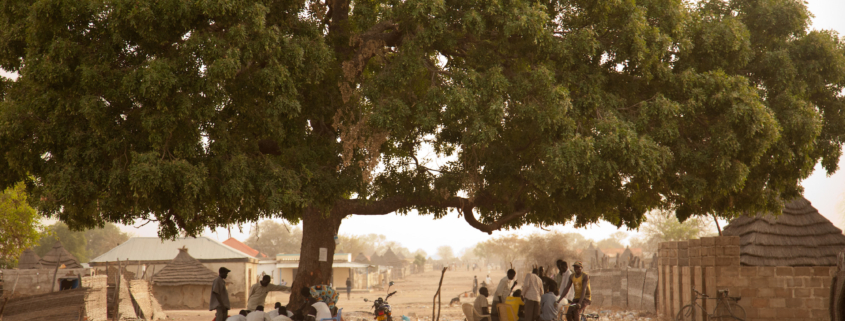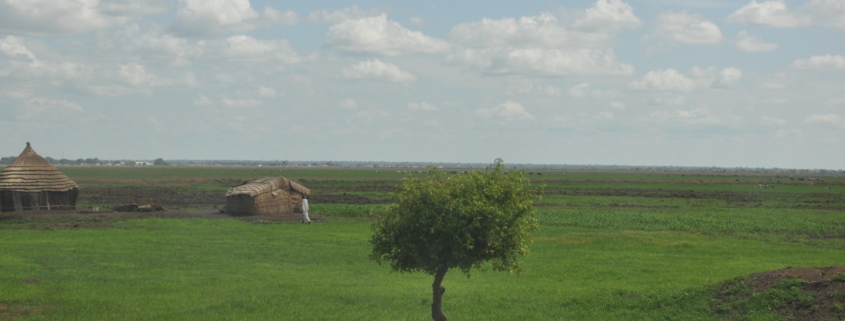This blog by Sean McGovern and Abraham Diing Akoi, is based on a recently published research report on social media and violence. The blog explores the intersection between the use of social media, including WhatsApp, in times of conflict and violence. Using the case of South Sudan, the blog identifies how communities have used WhatsApp in both positive and negative ways during conflict. The blog provides some recommendations on how to mitigate the detrimental effects…
repository
In this blog, Philip Winter explores the history and development of conservation in South Sudan from 1970s. The blog discusses how the prolonged conflicts, as well as other factors such as illegal game hunting, have contributed to the reduction in wildlife populations, which a few national and international conservation organisations are trying to reverse. To protect and develop the wildlife resource potential, considering that South Sudan has the largest animal migration in Africa, the blog…
In this blog, Lona Elia Morgan and Livia Oliver discuss the concept of gender and conflicting perceptions of the concept among South Sudanese communities. Based on their extensive gender work, they explore different perceptions around gender and the related impact on conflict dynamics, as well as on aid programming, providing insights on how aid actors can change these perceptions and mitigate risks on aid interventions. In South Sudan, gender sensitivity is increasingly being integrated…
The ‘Triple Nexus’: Where the humanitarian, development and peace sectors work together to make the most of their comparative advantages to enable a more coherent, efficient and collective response to global challenges. This is an attractive prospect in South Sudan, which continues to experience a range of interconnected crises and shocks that cannot be addressed in isolation. Donors and organisations at all levels therefore proactively engage each other to share information and knowledge, ensure better…
Introduction Murle society is non-hierarchical and political power is diffused to the extent that there are no institutional leadership roles. It is thus often represented as lacking credible and legitimate governance structures. While Murle society is acephalous and egalitarian, in that there is no single leader like a king and decisions are instead taken collectively, there are clear authority structures that should be understood.[1] The above representations are, quite significantly, part of the narrative that…
Kapoeta, a semi-arid area,[1] has been experiencing severe drought conditions since 2021 caused by climate change.[2] The changing conditions have reportedly resulted in the spread of invasive weed species in the last two to three years. These include Beku (local name) with the scientific name Prosopis Juliflora and Abonglogir (local name) with the scientific name Parthenium. Invading farms, grazing land and roadsides, these weeds have a devastating impact on livelihoods, such as farming…
The alleged misuse of spiritual and supernatural powers in South Sudan can lead to youth violence against the accused individuals and their families, as well as their displacement, with related implications for their protection and return to their homes. In this blog, Ranga Gworo explores why this is happening and provides some conflict sensitivity considerations for aid agencies working on protection and return. In September 2021, a young man belonging to a Monyomiji[1] – a…
In our last blog post titled Leave No ‘R’ Behind: Understanding the Importance of Fostering Resilience I in the Context of Fragility, Conflict, and Violence, we discussed how experiences and understanding of resilience differ across different levels of society. Building on that discussion, the following discussion explores programmatic approaches that can be used by the World Bank and other development and aid partners to foster resilience. Several elements of program design and implementation can be…
Despite the signing of the revitalized peace agreement in 2018, violence continues to impact communities across South Sudan. Almost 4 million South Sudanese are displaced, including 1.7 million internally displaced people and 2.3 million refugees abroad, with women and children disproportionately affected. In the face of these challenges, however, communities across the country continue to draw on both established and new strategies to face the impacts of fragility, conflict, and violence (FCV). These strategies offer…
As pressure to support facilitated population movements and returns increases, Leslye Rost van Tonningen, CSRF Director, assesses some of the conflict sensitivity risks and opportunities that the aid community must account for during this process. As the implementation of the peace process slowly moves forward, five out of the six Protection of Civilians[1] sites that have been in place since 2013 have now transitioned to IDP camps, managed by the government. Meanwhile, planning for…
Some Infos
Lorem ipsum dolor sit amet, consectetuer adipiscing elit. Aenean commodo ligula eget dolor.
Pages
- About Our County Profiles
- Blog
- Case Studies Grid
- Central Equatoria
- Conflict Sensitivity Resource Facility South Sudan
- Contact Us
- Contribute a Repository Article
- County Profile HTML links
- County Profiles
- COVID-19 HUB
- Covid-19 information page
- CSRF About Us
- CSRF Helpdesk
- CSRF Helpdesk Form
- CSRF Login
- Dashboard
- Deliverables
- Demo
- Events
- Forgot password
- Guides, Tools and Checklists
- Helpdesk
- Home
- Latest
- Looker Studio
- Subscribe

